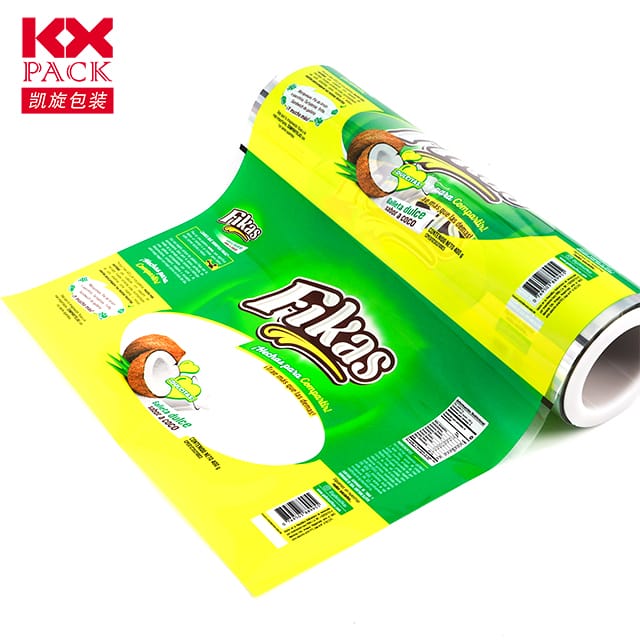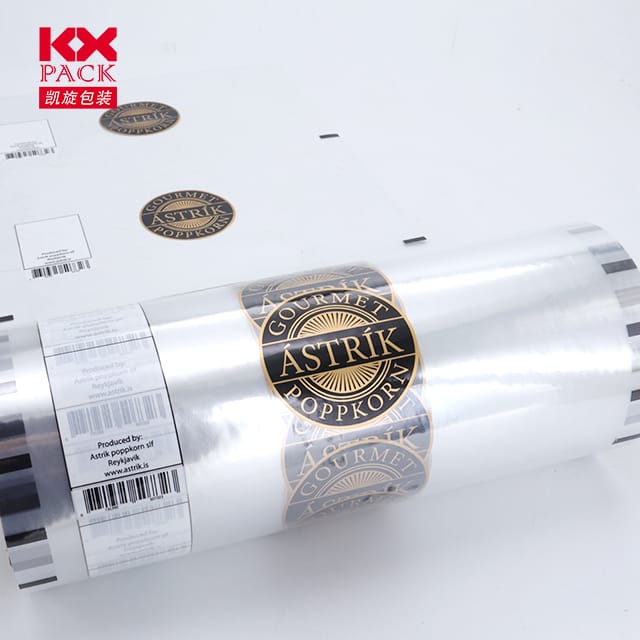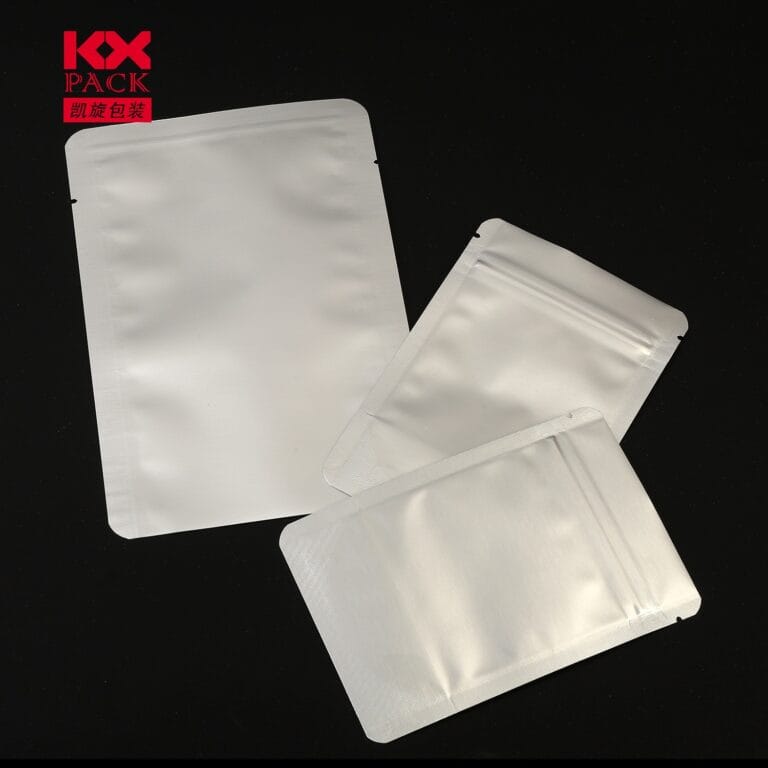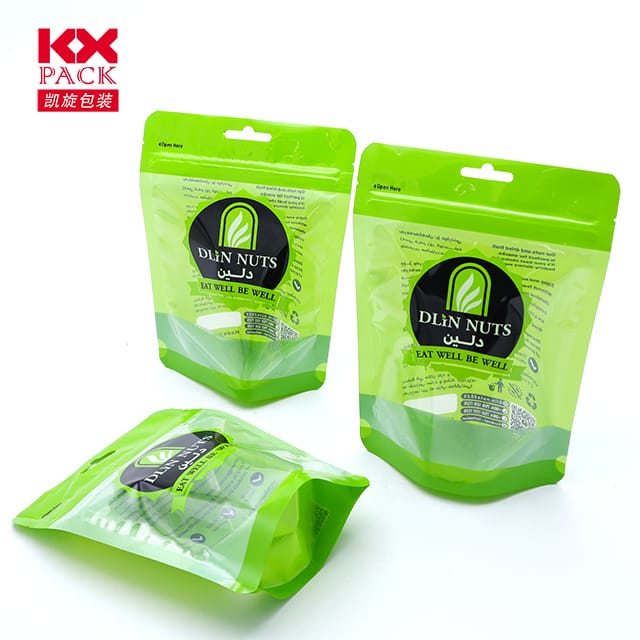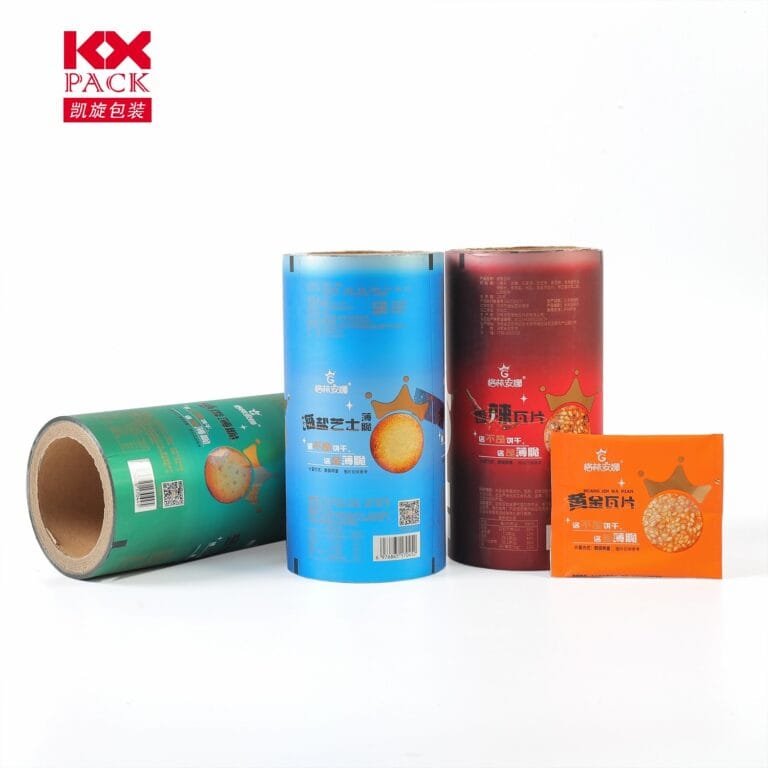An claíomh dúbailte de scannán plaisteach i bpacáistiú bia: Áisiúlacht vs. Inbhuanaitheacht
Scannán plaisteach
In modern kitchens and supermarkets, plastic film for food—commonly known as cling wrap, Timfhilleadh moltaí, nó timfhilleadh bia - tá sé ina stáplacha. A thrédhearcach, ide, agus déanann airíonna aerdhíonacha é a bheith oiriúnach chun úire a chaomhnú, doirteadh a chosc, agus ag cumhdach na bhfear atá ag fulaingt. Ach fós féin, Mar imní chomhshaoil, Tá grinnscrúdú ar an uirlis chistin uileláithreach seo. Déanaimis iniúchadh ar na sochair, míbhuntáistí, and eco-friendly alternatives to plastic film in food storage.
1. Why Plastic Film Dominates Food Packaging
- Preservation Power: Plastic film creates an airtight seal, slowing oxidation and bacterial growth. This extends the shelf life of produce, feoil, and cooked meals by days or even weeks.
- Solúbthacht: From wrapping sandwiches to covering bowls, its flexibility allows it to conform to any shape.
- Cost-éifeachtúlacht: A single roll costs just a few dollars and can last months, making it a budget-friendly choice for households and restaurants.
- Hygiene: Transparent and disposable, it reduces cross-contamination risks compared to reusable containers that may not be cleaned thoroughly.
2. The Environmental Toll of Plastic Film
Despite its convenience, plastic film poses significant environmental challenges:
- Non-Biodegradable: Most plastic films are made from polyethylene (Corpoideachas), a petroleum-based material that takes 500+ blianta to decompose.
- Microplastic Pollution: When discarded improperly, it fragments into microplastics that infiltrate soil, waterways, and even human food chains.
- Recycling Barriers: Many curbside recycling programs don’t accept plastic film due to contamination risks. Amháin 4% of U.S. plastic wrap is recycled annually (EPA, 2021).
- Single-Use Culture: The average household uses 1,500 plastic bags/wraps yearly, most of which end up in landfills or oceans.
3. Eco-Friendly Alternatives to Plastic Film
The good news? Sustainable swaps are readily available:
A. Wraps Céir bheach
- Ábhar: Cotton fabric coated in beeswax, ola jojoba, agus roisín crann.
- Sochar: Reusable for up to a year, inmhúirín, and naturally antibacterial.
- Best For: Wrapping cheese, sandwiches, or covering bowls.
- Drawback: Not vegan-friendly and melts near heat.
b. Clúdaigh Bia Silicone
- Ábhar: Food-grade silicone (a synthetic rubber).
- Sochar: Dishwasher-safe, reusable for years, agus teas-resistant (great for sous-vide cooking).
- Best For: Stretching over bowls, pans, or half-cut produce.
- Drawback: More expensive upfront (10–20 per set).
c. Clúdaigh Fabraic Ath-inúsáidte
- Ábhar: Cotton or linen with a waterproof lining (E.g., PUL fabric).
- Sochar: Machine-washable, customizable in size, and breathable for produce.
- Best For: Storing bread, herbs, or covering dough during rising.
D. Coimeádáin Gloine nó Cruach Dhosmálta
- Sochar: Airtight, leak-proof, and infinitely recyclable.
- Best For: Meal prepping, leftovers, and freezer storage.
4. How to Reduce Plastic Film Waste Today
Even if you’re not ready to ditch plastic film entirely, small changes can make a difference:
- Reuse: Wash and dry plastic wrap gently to reuse it 2–3 times.
- A -ATHBHREITHNIÚ: Check local programs for drop-off locations that accept plastic film (E.g., grocery store bins).
- Ceannaigh i Bulc: Avoid pre-wrapped produce; bring reusable mesh bags to the store.
- Roghanna eile DIY: Use a damp paper towel to keep greens fresh or store leftovers in jars.
5. Todhchaí an phacáistithe bia
Innovations are emerging to bridge convenience and sustainability:
- Scannáin Inite: Made from starch or seaweed, these wraps can be eaten or composted.
- Plant-Based Plastics: Biodegradable films derived from corn or sugarcane are entering the market.
- Pacáistiú Cliste: Sensors embedded in films could soon detect food spoilage, ag laghdú dramhaíola.
Smaointe Deiridh: Balance Is Key
Plastic film’s role in food safety and preservation is undeniable, but its environmental impact demands action. By opting for reusable alternatives when possible and disposing of plastic responsibly, we can protect both our meals and the planet.
What’s your go-to plastic film alternative? Share your tips in the comments below—let’s inspire each other to make sustainable swaps! 🌍🥪
Foinsíocht: EPA, National Geographic, and sustainability blogs like Treehugger.


